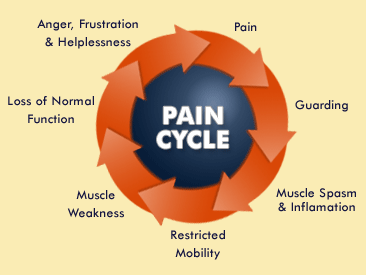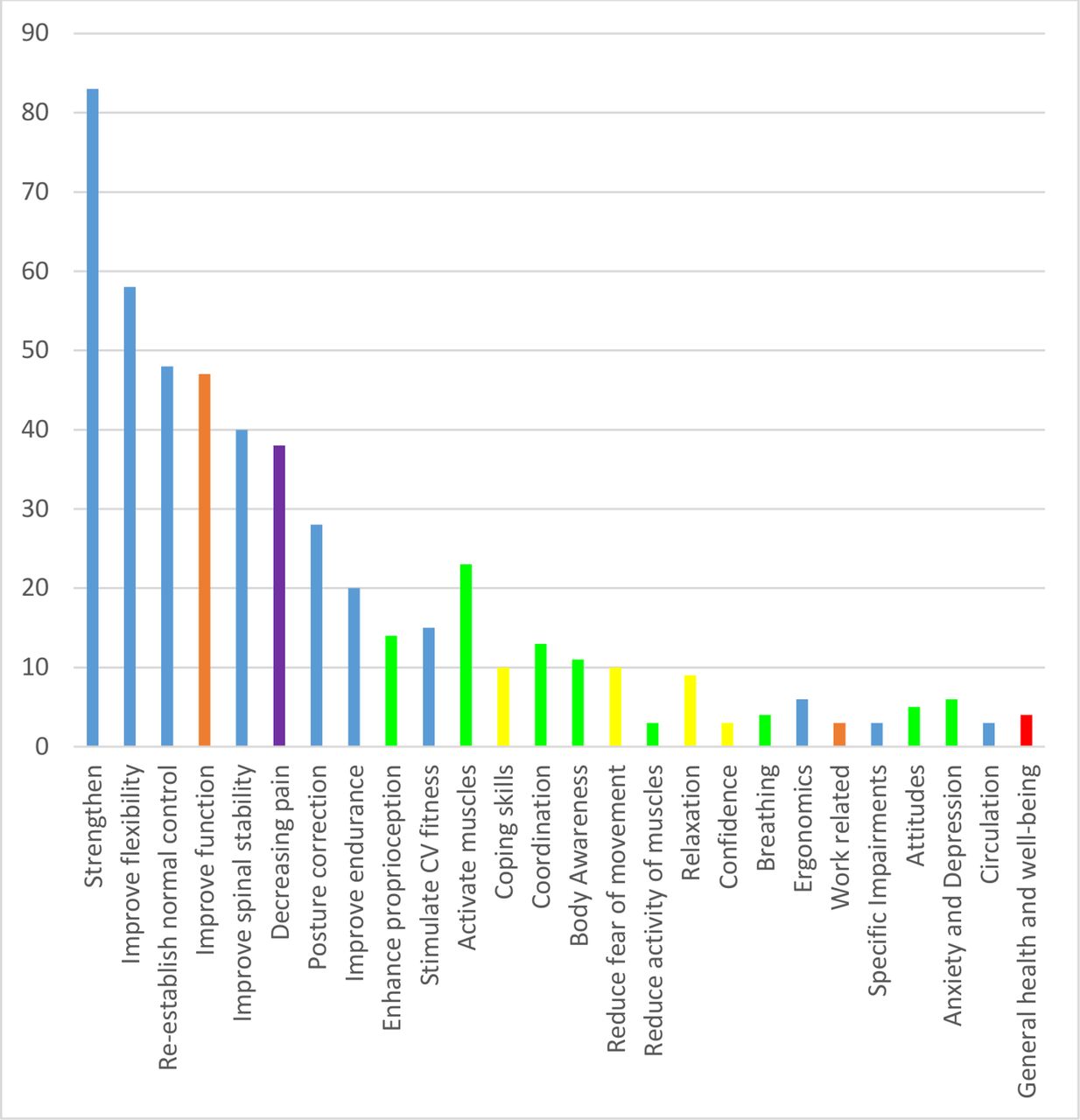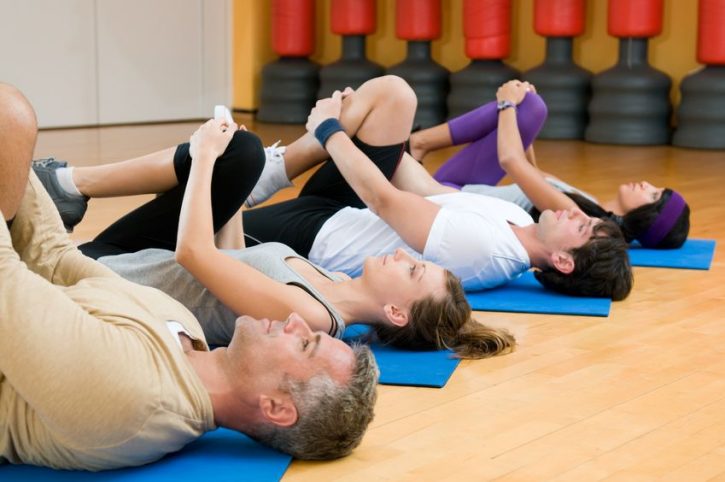Manual Therapy and Exercise for Neck Pain: A Systematic Review
SOURCE: Man Ther. 2010 (Aug); 15 (4): 334–354
Jordan Miller, Anita Gross, Jonathan D’Sylva, Stephen J. Burnie, Charles H. Goldsmith, Nadine Graham, Ted Haines, Gert Brønfort, Jan L. Hoving
School of Rehabilitation Science,
McMaster University,
Hamilton, Canada

Manual therapy is often used with exercise to treat neck pain. This cervical overview group systematic review update assesses if manual therapy, including manipulation or mobilisation, combined with exercise improves pain, function/disability, quality of life, global perceived effect, and patient satisfaction for adults with neck pain with or without cervicogenic headache or radiculopathy.
Computerized searches were performed to July 2009. Two or more authors independently selected studies, abstracted data, and assessed methodological quality. Pooled relative risk (pRR) and standardized mean differences (pSMD) were calculated. Of 17 randomized controlled trials included, 29% had a low risk of bias.
Low quality evidence suggests clinically important long-term improvements in pain (pSMD-0.87(95% CI: -1.69, -0.06)), function/disability, and global perceived effect when manual therapy and exercise are compared to no treatment.
High quality evidence suggests greater short-term pain relief [pSMD-0.50(95% CI: -0.76, -0.24)] than exercise alone, but no long-term differences across multiple outcomes for (sub)acute/chronic neck pain with or without cervicogenic headache.
Moderate quality evidence supports this treatment combination for pain reduction and improved quality of life over manual therapy alone for chronic neck pain; and suggests greater short-term pain reduction when compared to traditional care for acute whiplash.
Evidence regarding radiculopathy was sparse. Specific research recommendations are made.
From the Database of Abstracts of Reviews of Effects (DARE) review
CRD summary
There are more articles like this @ our:
Spinal Pain Management Page and the:
This well-conducted review concluded that the benefits of combined mobilisation or manipulation plus exercise were reinforced; clinically important changes were noted in subacute/chronic neck pain with or without cervicogenic headache. Manipulation or mobilisation plus exercise provided some added short-term pain relief. However, the poor quality of the included evidence reduces the reliability of the authors’ conclusions.
Authors’ objectives
To assess the effectiveness of manual therapy and exercise for neck pain with or without radicular symptoms or cervicogenic headache on pain, function/disability, quality of life, global perceived effect and patient satisfaction.
Read the rest of this Full Text article now!






Leave A Comment